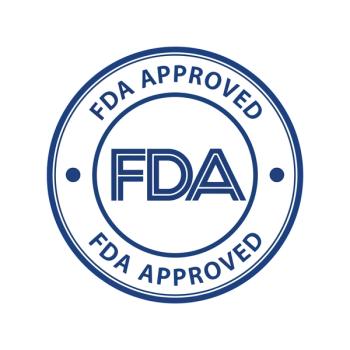
Narcotics Over-Prescribed for Back Pain
Physicians increasingly treat back pain with narcotics despite a growing number of guidelines recommending that it be treated initially with NSAIDs and acetaminophen.
Physicians increasingly treat back pain with narcotics despite a growing number of guidelines recommending that it be treated initially with NSAIDs and acetaminophen.
More than 10% of visits to primary care physicians are related to back or neck pain, and the results of a new study suggest that these visits increasingly result in unnecessary prescriptions for narcotics, despite the publication of new clinical treatment guidelines recommending first-line treatment for back pain with non-steroidal anti-inflammatory drugs (NSAIDs) or acetaminophen. The
Using nationally representative data from the National Ambulatory Medical Care Survey and the National Hospital Ambulatory Medical Care Survey, the researchers assessed trends in treatment, including diagnostic imaging, physical therapy, referrals to other physicians, and medication use, in outpatient visits for neck and back pain from January 1, 1999, to December 26, 2010. Patients who also had fever, neurologic symptoms, or cancer were excluded from the sample.
During the 12-year study period, 23,918 physician visits related to neck and back pain were identified, representing an estimated 440 million visits nationwide over the same period. The number of visits covered by the study increased from 3350 in 1999-2000 to 4078 in 2009-2010. Between the beginning and the end of the study period, use of NSAIDs or acetaminophen per visit decreased from 36.9% to 24.5%, while use of narcotics per visit increased from 19.3% to 29.1%. In addition, use of muscle relaxants and benzodiazepines per visit increased from 19.6% to 23.7%, and use of neuropathic agents per visit increased from 3.4% to 7.9%. Patients with back and neck pain also received more screenings after visiting their physicians. The number of computed tomograms or magnetic resonance images increased from 7.2% at the beginning of the study to 11.3% by the end of the study.
The results indicate a significant increase in the frequency of treatments that are contrary to current guidelines. This surprised the authors, given that a number of new clinical guidelines were released during the study period. Given recent evidence indicating a
“With health care costs soaring,” they write, “improvements in the management of back pain represent an area of potential cost savings for the health care system while also improving the quality of care.”
Newsletter
Stay informed on drug updates, treatment guidelines, and pharmacy practice trends—subscribe to Pharmacy Times for weekly clinical insights.












































































































































































































